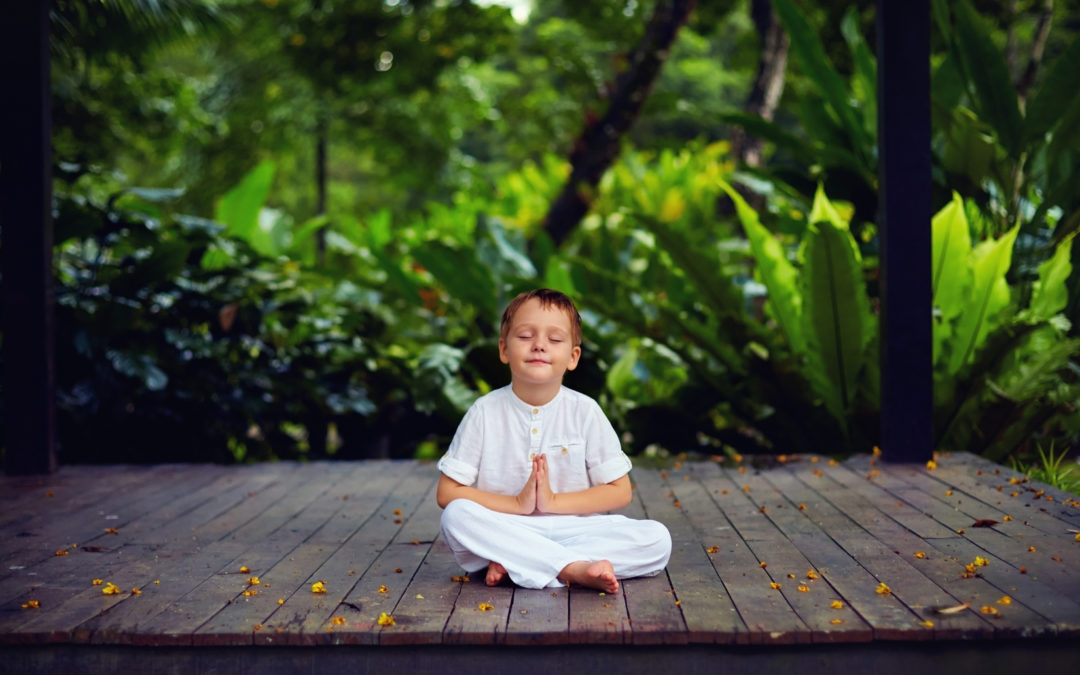
As I write this, my head is in the clouds–literally. I am flying back to Texas from California after a whirlwind Room Redux Bay Area Room Transformation. I brought a book to read on the plane and my headphones to listen to music, but instead, I find myself gazing out the plane window and daydreaming. Daydreaming about the way the child is surely feeling after having been gifted a beautiful, Paris-themed Room Transformation; daydreaming about the myriad Room Redux chapters that continue to open up across the world; daydreaming about the Mexican food I’ll be eating in two hours…
Do you daydream? Guess what…it’s healthy! According to a recent study, daydreaming has the potential to spur creativity in your personal life and in the workplace. Without going too deep into the cognitive neuroscience aspects of daydreaming, I’ll tell you a couple of interesting facts. First, our minds wander 40-50% of our waking hours. Our Default Network Mode kicks in (think front half of the brain) and there we go meandering down memory lane or thinking of goals and future aspirations. Second, listening to sad or melancholy music evokes mentally substantial daydreams resulting in self-reflection and future planning. If you want to stay focused on a task, you’ll want to avoid upbeat music that may distract you. Daily life during a pandemic can become repetitive so make sure you allow yourself to freely wander into the fantastical, as well, just make sure you don’t linger there too long.
My thoughts tend to wander when I’m in nature (or when I should be writing a 10-page paper) but I find they are very often problem/solution-oriented daydreams. Don’t get me wrong, my daydreams sometimes involve silly or mundane ideas but very often I come up with some gems. One of the most crucial things to remember about daydreaming is that it is important to ACT on them. Setting your daydreams into action has the power to move you forward in new directions. Three years ago I was consistently daydreaming about starting a nonprofit and what that might look like. Letting my thoughts and ideas take flight through imagery then writing them down on paper in a flurry made me realize this dream could be real and it was time to do it. Even Einstein allowed his thoughts about time and space to randomly wander resulting in his Theory of Relativity. He went from dayDREAMing to dayDOing and the rest is history.
So when you find yourself soaking up some sunshine, zoning out, and listening to Beck circa 2002, remember: Some of your most inspiring ideas may come out of your daydreaming sessions but in order to move forward, you must ACT.
Susie Vybiral, Dr. Honoris Causa (Psychology, UNRS)
Founder/CEO
Room Redux
830-743-8320
RoomRedux.org









Well written, and inspiring! I often stare off into space; thinking, reflecting, and often times, resetting. A mental nap, so to speak! Thank you for sharing your thoughts and perspective. Your words bring light to my day!
Thank you for sharing, Jamie! Mental naps can be beneficial!
Thank you for reminding me I have permission to daydream! As a kid, I used to love lying in the grass, looking up at the clouds, finding shapes that transformed into characters, and I’d make up a story around what I saw and envisioned. Life is so busy (and now I’m an adult), and I don’t take the time to daydream anymore. It’s NOT a waste of time and your article reminded me of this fact. And dayDOing is a good challenge for me. I appreciate your article!